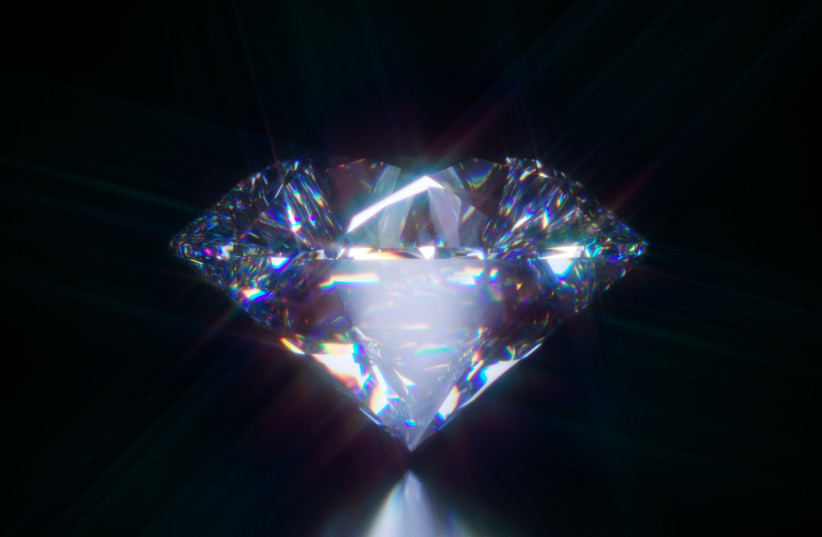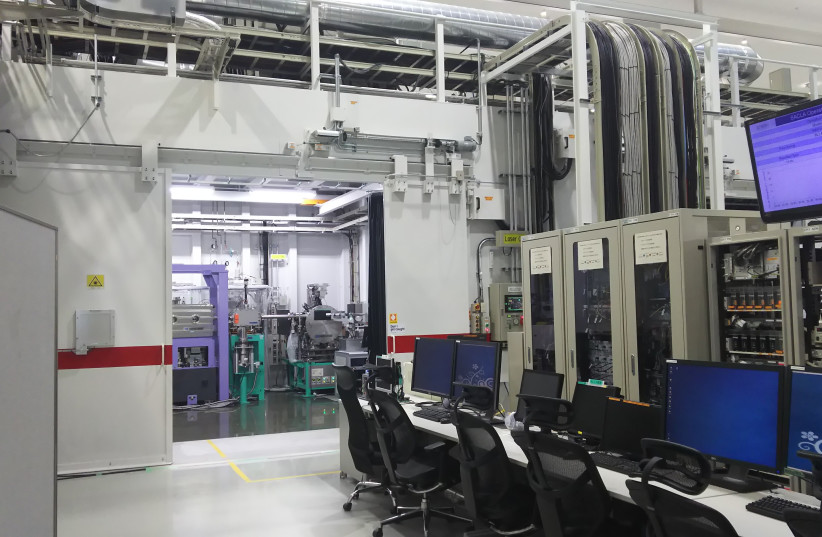After decades of debate, scientists have found that defects can spread in materials such as diamonds quicker than some soundwaves, according to a new study.
The study, published in the peer-reviewed Science journal on Thursday, examined how line defects, or dislocations, spread through a diamond. Dislocations occur when stress generates an abrupt change in the arrange of atoms in a material. These types of defects can both strengthen and weaken a material, even causing catastrophic failures.
How quickly such defects spread can help materials scientists understand what kind of damage stress can cause in different materials, among other important lessons. The speed at which the defects spread affects what type of damage it can cause.
“If a structural material fails more catastrophically than anyone expected because of its high rate of failure, that’s not so good,” said Kento Katagiri, a postdoctoral scholar in the research group and first author of the paper, in a press release. “If it’s a fault rupturing through rock during an earthquake, for instance, it could cause more damage to everything. We need to learn more about this type of catastrophic failure.”
In the past 60 years, scientists have been split on whether dislocations can move faster than sound. While a number of studies found they could not, some computer models indicated that they could if they started out moving faster than sound.
“Until now, no one has been able to directly measure how fast these dislocations spread through materials,” explained Leora Dresselhaus-Marais, a professor at the Department of Energy’s SLAC National Accelerator Laboratory and Stanford University who co-led the study with Professor Norimasa Ozaki at Osaka University.
How to get defects moving at the speed of sound
To get the dislocations moving quick enough requires a very strong shock. Sound travels faster in solid materials than through gas or liquids. For comparison, the speed of sound through air is about 760 mph, while in a diamond it reaches 40,000 mph.
In solids there are also two types of sound waves: Longitudinal waves - like those in air - and slower-moving waves called transverse sound waves.
Dresselhaus-Marais and her team decided to study the speed of the spread of dislocations by using the SACLA X-ray free-electron laser in Japan on tiny crystals of synthetic diamond.
Diamonds were chosen to study the defects because the way they deform is simpler than the way metals deform, making it easier to interpret the images captured by the X-ray.
When two dislocations meet, they either attract or repel each and generate more dislocations. “In diamond, there are only four types of dislocation, while iron, for instance, has 144 different possible types of dislocations,” said Dresselhaus-Marais.
To create the defects, the scientists used intense laser light to generate shock waves in the diamonds, while taking a series of ultrafast X-ray images to capture the dislocations forming and spreading.
The initial shock wave split into two waves that continued to travel through the crystal: an elastic wave, which temporarily deformed the crystal, and a plastic wave, which permanently deformed the crystal by making small errors in the repeating patterns of atoms in the crystal’s structure.
The small dislocations in the patterns of atoms create “stacking faults” in which adjacent layers of the crystal shift with respect to each other and don’t line up the way they’re supposed to. These faults spread outward from where the laser hit the diamond.
With the X-ray images, the researchers found that the dislocations spread through the diamond faster than transverse waves, the slower of the two types of sound waves in solids. This is the first time this phenomenon has been observed.
The team intends to try the experiment again with a stronger laser in order to see if dislocations can travel faster than the faster type of sound wave as well.

